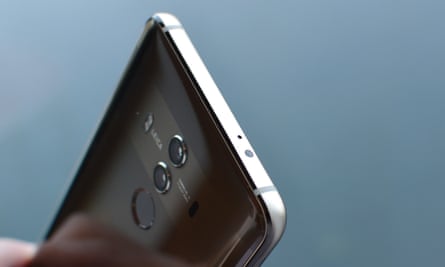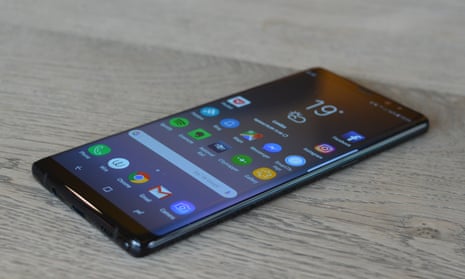At the beginning of 2017 you could have been forgiven for thinking that smartphone innovation had died, with most phones looking the same and doing the same things, changing very little from the year before.
But by the end of 2017 two things were clear: manufacturers needed to go all-screen or go home, and artificial intelligence had finally made its way into the phone, not just feeding everything you said to a server somewhere over the horizon.
The Samsung Galaxy S8 introduced the new minimal bezel design in April, shrinking the non-screen parts of the front down to the bare minimum and as a result putting a bigger screen in the same sized smartphone.
It was clearly the future. Even Apple agreed, launching the iPhone X in November.
While there are many upsides to the so-called “bezel-less” smartphone design, increased fragility is not one of them. As drop tests of the iPhone X showed, an all-screen design and the ground do not mix.
Despite these worries, the elongated screens with ratios around 18:9, rather than the regular 16:9 widescreen ratio of phone screens and TVs before, are expected to extendto the middle ranges in 2018 – so no longer the preserve of the top-tier £500+ smartphones.
Being smarter to be faster

On the inside, the big smartphone trend for 2018 will be greater use of AI to make devices faster and smarter.
Google’s vice president product manager Mario Queiroz, said: “We’re getting to the point where photo quality is already so good that the focus is turning to the smarts that you build beyond that.”
Augmented reality is one such task, overlaying virtual items and information on to the real world through the screen. Using AI to do things faster is another.
“How many times do you long press on the word and it just selects that one word,” says Queiroz, using the example of Buckingham Palace. “Why, when you press on Palace does it not take into account Buckingham?”
Using local machine learning (ML), Android’s smart select feature predicts which other words around the one you tapped on you might actually want to select. Queiroz said: “We can make your selection faster, so you can go immediately to your action, instead of selecting, expanding and then taking action.”
While Queiroz says “AI is a big trend, period”, what made the end of 2017 different is that the ML that powers AI can be shrunk down to fit on a phone, not just accessed from a server farm via a phone.
Local AI processing has many benefits. There’s no reliance on a server so there’s no need for an internet connection; you’re not continually sending your personal data to a third-party; and it is a lot faster.
“Speed for the right applications makes it imperative to do things on the device, but the other thing is privacy,” said Queiroz giving Google’s Now Playing feature on the Pixel 2 as an example, that uses a local database of songs to identify music in the background and only connects to Google if the user wants to find out more information about the song or add it to a playlist.
“There are more and more things that can and should be done on the device, which will be very beneficial for privacy.”
Powering this shift to local AI are new specialised AI processing chips. Google, Huawei and Apple all shipped phones in 2017 with AI chips and more are expected in 2018.
Longer battery life and stable performance

One of the other expected benefits of on-device ML for 2018 is improved battery life. Several manufacturers, including Huawei and Google, are using built-in AI to try and understand each user’s unique pattern of behaviour.
The AI predicts when you’re likely to open a particular app, such as a running app each morning and Netflix on the train home, and gets the phone ready to load that app as fast as possible when needed. The user doesn’t perceive it happening, but instead just experiences snappy performance, which companies such as Huawei claim will continue for the life of the device.
A similar thing is being used to try and extend battery life, minimising systems that are not needed and optimising the device and apps to help prevent battery drain. The result is a smartphone that lasts longer with the same size of battery, at least in theory.
“It’s challenging to work on smartphones, as it’s one of those things that everyone knows and everyone is a critic. You have to really deliver quality and quality experiences otherwise you hear it immediately,” said Queiroz. “There’s probably only one consumer product that’s actively used for more hours a day than a phone and that’s the mattress.”
“Even then I think some people use their phones more than their mattress.”
